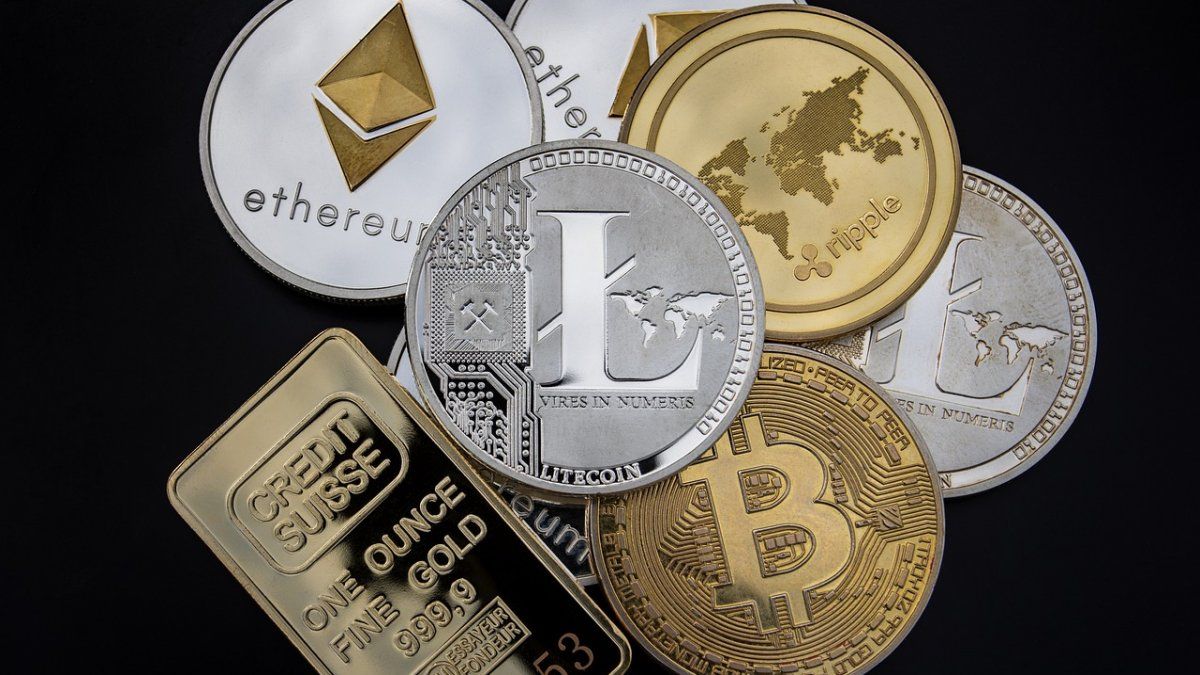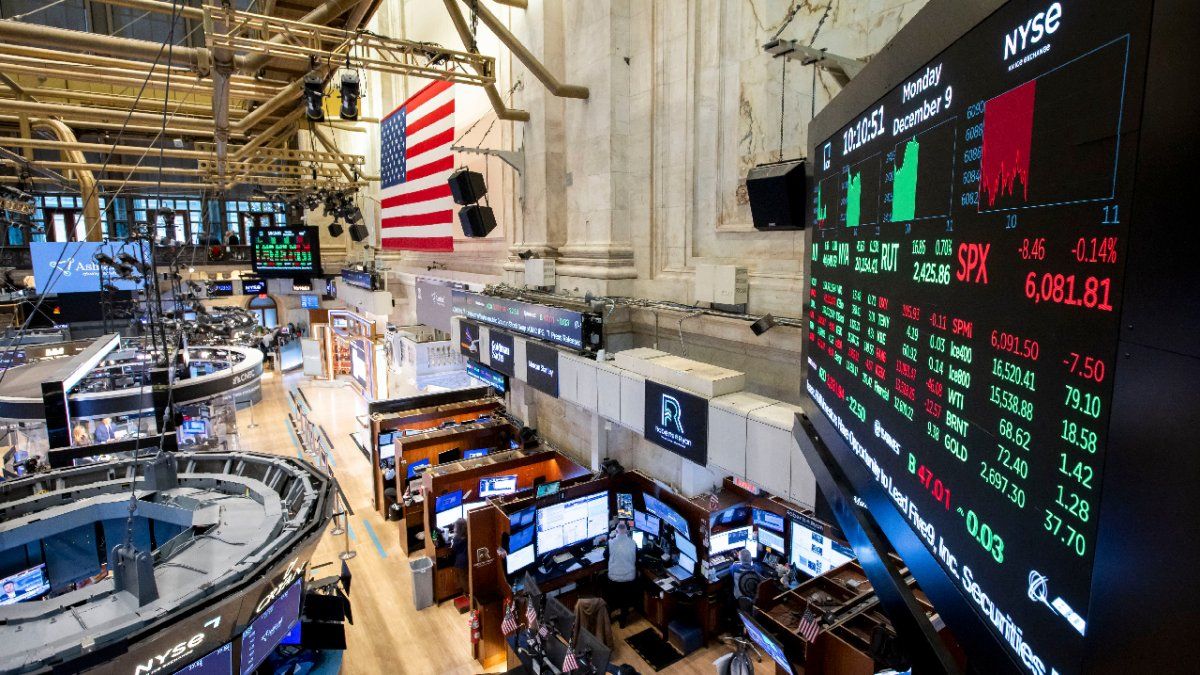Bitcoin was trading this morning at around US$51,750, with a daily growth in its price of 4% and 20% in the last seven days, according to the Coinmarketcap portal.
The appetite also reaches other alternative cryptocurrencies with increases of more than 4% in ethereum (ETH), solana (SOL), cardano (ADA) and close to 2% in dogecoin (DOGE), XRP and BNB.
In the case of ethereum, its value exceeded US$2,700, which it had not reached since mid-2022.
On the other hand, the market capitalization of bitcoin, that is, the total value of circulating supply, exceeded $1 trillion for the first time since November 2021, at which time the value of cryptocurrencies began to decline. which was reflected in the crisis they went through in the following year
That critical moment began with the collapse of the TerraUSD stablecoin in May 2022 and was later marked by the fall of Sam Bankman-Fried’s FTX platform.
The growth of bitcoin – 21% in the last 12 months – was not unaltered by the publication of yesterday’s US inflation data, which was higher than anticipated.
Precisely, another reason for the crypto debacle in 2022 was the restrictive policy of the Federal Reserve (FED) to confront inflation, which distanced investors from risk assets.
The launch of the first exchange-traded funds (ETFs) indexed in bitcoin – following approval by the US Securities and Exchange Commission (SEC) – led to a new “boom” in cryptocurrencies.
ETFs are derivative investment funds that trade on traditional stock exchanges and are indexed to the price of the cryptocurrency, meaning investors can purchase financial products without the need to purchase the currency itself.
The financial products launched by firms such as BlackRock and Fidelity attracted US$3.3 billion since they began trading on January 11.
“Bitcoin showed impressive resilience despite the deterioration in risk confidence in recent days,” said Tony Sycamore, market analyst at Forex provider Ig Australia in a note cited by the Bloomberg agency.
However, he warned that these gains may run out of fuel and bitcoin could fall back to around US$40,000.
Other analysts believe that the rise, for the moment, has no brakes and that optimism will be dominated by the so-called process of “halving” (halving) that will be given on the platform in April.
This is a scheduled event in the protocol that takes place approximately every four years, and which reduces by half the amount of new bitcoins that miners receive for verifying transactions.
This process, by reducing and limiting the supply of new coins, creates an incentive for prices to rise if demand remains constant or increases.
Source: Ambito
I am a 24-year-old writer and journalist who has been working in the news industry for the past two years. I write primarily about market news, so if you’re looking for insights into what’s going on in the stock market or economic indicators, you’ve come to the right place. I also dabble in writing articles on lifestyle trends and pop culture news.




